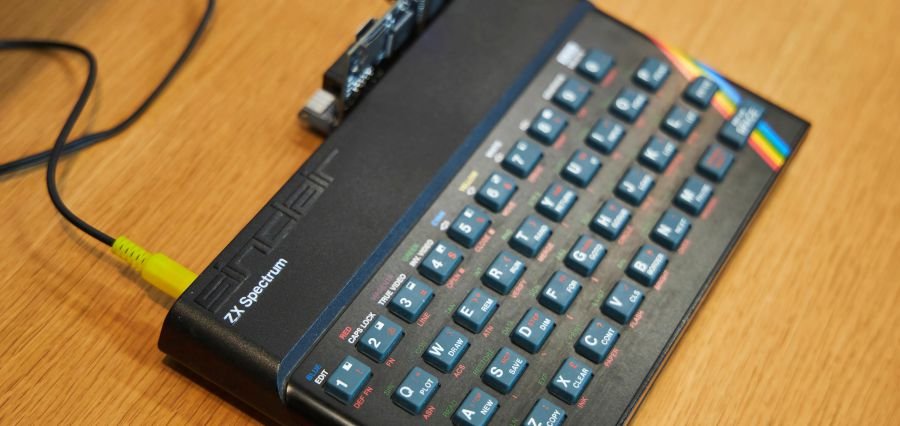This ability dates back to numbers and is very close to the crux of mathematical usage today. Starting from the original calculator, let’s take it through a fine journey of its birth, people’s ingenuity, and also how simple need led to that revolutionary idea as follows in this brief history of mathematics, the dawn of the beginning of the calculus, and of course, calculators.
An Early History Calculations
Mechanical inventions came much before these counting devices were developed, yet ancient cultures managed to cope up with just those. It had tally sticks and stones; at times it used the fingers on one hand as a number calculator. In its simple form, one could manage with addition and subtraction calculations. Then there was more need for development since societies kept increasing in size and complexity.
Ancient Babylonians developed, around 2000 BC, a base-60 number system. Using clay tablets, they calculated different tasks as evidence of initial mathematical expertise. The ancient Egyptians also had some methods of multiplication and division in place but still did not possess any kind of real calculator that has been conceived up to now. These primitive tries at calculating helped pave the way for the more advanced technology of the time to come.
Birth of the First Mechanical Calculator
The first calculator originated as a need for faster and more efficient methods of computation in the areas of trade, astronomy, and engineering. Major developments of mechanical calculators were made in the 17th century. One of the earliest ones was designed by a French mathematician, who invented a machine that could carry out the most basic operations: addition, subtraction, multiplication, and division.
This mechanical calculator was a giant leap in the computational technology. It demonstrated how gears and levers could be used to make calculations faster and more accurate than if done manually. Although the device was not adopted widely due to its complexity and cost, it paved the way for further innovations.
Advancements in Calculation Technology
Several inventors continued contributing to the improvement of mechanical calculators over time. In the 19th century, one of the brilliant mathematicians made further improvements on those designs that were present previously. His machine could perform other than normal computations. He mounted a mechanism which prints on paper so that the users may look at the outcome on paper. This feature transformed the machine as users were in a position to receive a written version of their work.
Despite all these, the first calculator that resembled modern devices came into being only at the dawn of the 20th century. Electricity became the magic, and electronic calculators were developed to do calculations much faster than the mechanical predecessors. This was the shift from mechanical devices to electronic devices, and it dramatically altered the face of computation.
The Computer Revolution
It gave the computer, and the computer transformed how calculations were performed. Computers transformed the means of calculation and ushered in an unmatched leap in mid-20th-century calculation. At first, computers occupied entire rooms, and usage was predominantly confined to scientific and military uses. Later, when technology became much more advanced, computers shrank in size, worked faster, and were opened to the masses for use.
The microprocessor revolutionised the computing world in the 1970s. For the first time, it enabled the production of pocket-sized calculators that everyone could afford to use. These electronic first calculators became the commonplace tool for all students, working professionals, or anyone needing an instant calculation on the go. They included extra features such as memory storage and scientific functions to make them absolute necessities in those fields.
Calculators:
With time, calculators evolved with the development of technology. Graphing calculators were another innovation that made it easier for mathematics and engineering students to ‘see’ complex equations and functions. It opened up a world of possibilities to tackle various mathematical calculations with a combination of powerful computing and user-friendly interface.
Due to the wide introduction of smartphones over recent years, the calculator market has evolved. The majority of the smartphones have a built-in calculator app that can perform far more comprehensive functions than those from conventional calculators. This convenience enables anyone to carry out their arithmetic calculations anywhere in the world.
Who Invented the First Calculator?
The question of who invented the first calculator is not as straightforward as it seems. The development of calculation tools has involved contributions from many inventors and cultures throughout history. From ancient counting methods to sophisticated electronic devices, each advancement has played a critical role in shaping the modern calculator. While the first mechanical and electronic calculators are often attributed to specific individuals, the concept itself evolved over centuries, driven by the collective need for better calculation tools.
Conclusion
The process from counting methods that people used many decades ago to these electronic devices of sophistication today is the epitome of great human ingenuity. This first calculator, developed further into today’s sophistication, has brought far-reaching influences into education, businesses, and every individual. As calculators hastened calculations, they were given room to focus on creative and logical thinking while solving problems to become more efficient. As technology advances further, one becomes curious about what future calculations might look like, but the first calculator leaves behind a legacy that continues to stand tall as an outstanding chapter in the story of human achievement.





